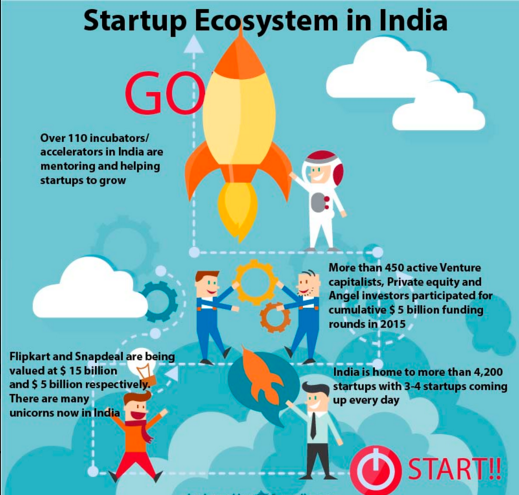
Investing in the ecosystem
What in News:-
In April 2016, while inaugurating the third Asia ministerial conference on tiger conservation, Prime Minister NarendraModi paid tribute to nature.,
Emphasised the importance of reimagining the country’s natural ecosystems as its ‘natural capital’ and factoring in the economic, social, cultural and spiritual value of ecosystem services into the calculation of true economic growth and development.
Vast economic contribution
-
Natural resources are a critical yet often ignored part of our country’s national infrastructure.
-
Boasting 11% of the world’s floral and faunal species, India is one of the 17 most ecologically diverse countries.
-
Blessed with every major ecosystem, these biomes directly contribute billions of dollars to the Indian economy, annually.
-
The financial value of India’s forests, for example, which encompass economic services such as timber and fuel wood, and ecological services such as carbon sequestration, is estimated to be $1.7 trillion.
About EARTH OVERSHOOT DAY
‘Earth Overshoot Day’, a figurative calendar date when humanity’s total annual resource consumption for the year overshoots the earth’s capacity to regenerate it, has advanced every year at an alarming rate. This year it was observed on August 2.
Negative effect of economy on environment
-
Scientists have identified nine earth system processes to have boundaries which mark the safe zones, beyond which there is a risk of ‘irreversible and abrupt environmental change’.
-
Four of these boundaries have now been crossed — climate change, loss of biosphere integrity, land system change and altered biogeochemical cycles, such as phosphorus and nitrogen cycles.
-
This means that human activity has already altered the balance of a few delicate equilibriums, the effects of which are reflected by changing weather patterns, accelerated extinction events for both flora and fauna, and global warming.
-
This stresses the need for a comprehensive evaluation system that takes these undesirable side-effects of economic activities into account.
-
As the biggest contributor to the economy, business needs to consider evaluating its impacts and dependencies as it would have a direct impact on capital assets and wealth.
-
This translates to broadening valuation and risk management to include natural capital, as it is currently not reflected in market prices.
-
In addition to shareholder wealth, holistic development calls for maximising returns from other key areas such as physical capital, human capital, natural capital and social capital.
-
If valued properly, natural capital has the potential to optimise resources and thus maximise the net benefits of economic growth and development.
Risk Mitigation
-
Natural capital risk is one of many risks that an organisation faces, and a thorough natural capital assessment can help integrate this risk into risk management committee deliberations, legal and reputational risk framework.
-
Projects can be reassessed on the basis of their vulnerability to impacts and dependencies associated with the value chain.
-
Companies can consider environmental stress tests for issues such as natural disasters, air pollution, resource scarcity and climate.
-
Natural capital thinking can also create opportunities to innovate and adopt newer, more efficient technologies.
Way forward
-
Unlike the economic value of goods and services, the intangible nature of natural assets is mostly invisible and hence remains unaccounted for.
-
While it may be difficult to put a price tag on nature, unchecked exploitation of scarce natural resources and an inadequate response to India’s unique climate challenges can be a very costly mistake.
-
Making natural capital thinking the norm requires a strong policy push and the adoption of valuation frameworks such as the Natural Capital Coalition’s Natural Capital Protocol.
-
Integrating natural capital assessment and valuation into our economic system is critical to usher in a truly sustainable future for India.

Leave a Reply
You must be logged in to post a comment.